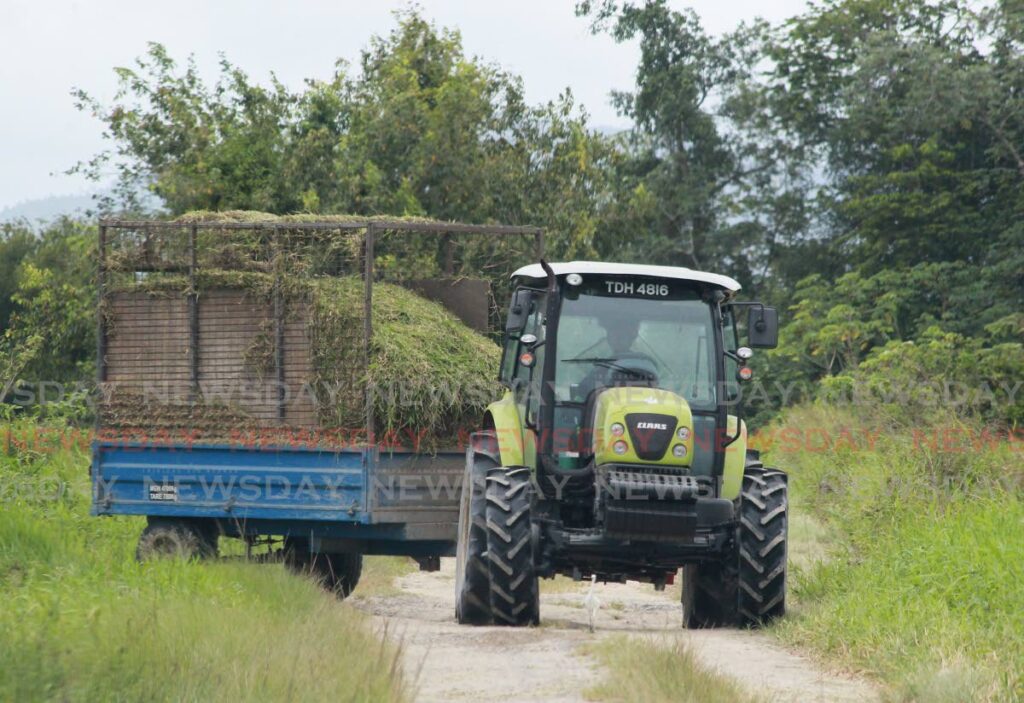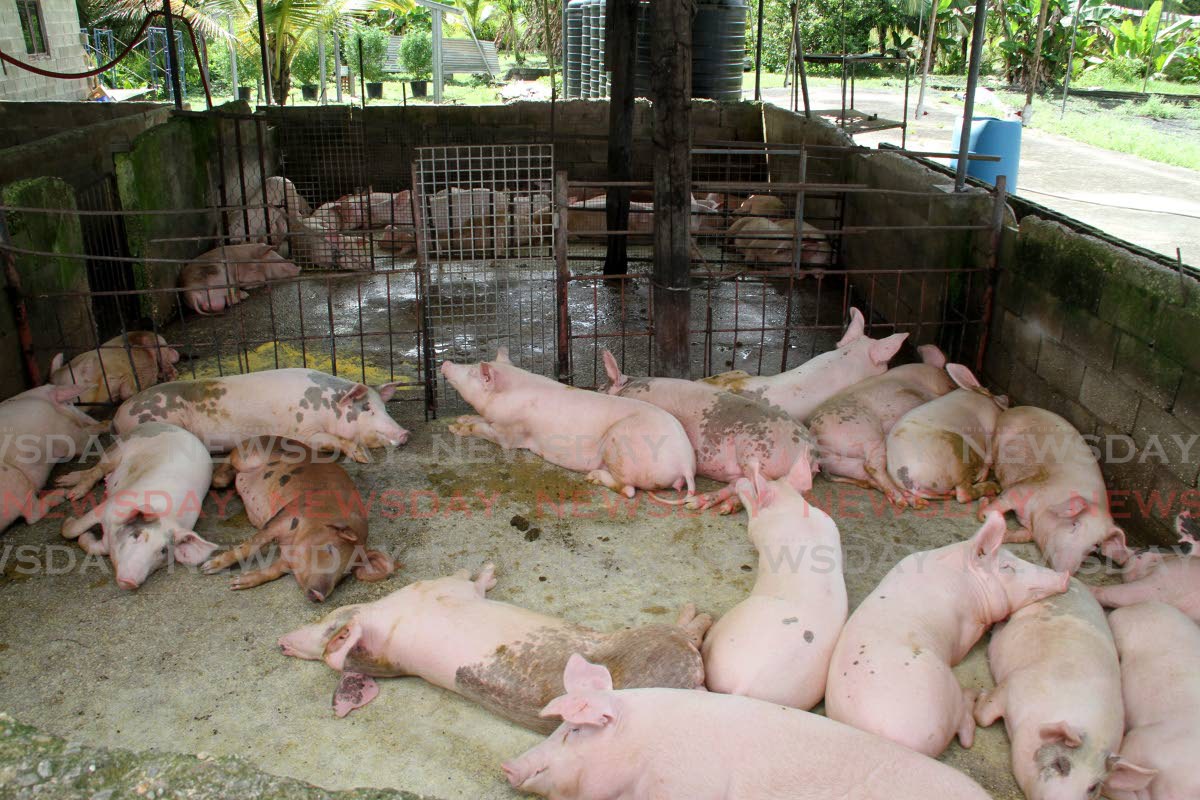Farm society predicts rising livestock prices
News
Ria chaitram
LOCAL cattle prices are expected to rise by next week, TT Agricultural Society (ASTT) president Darryl Rampersad said.
Speaking to Sunday Newsday on Thursday, Rampersad said international commodity prices continued to show an upward trend and that, together with the cost of health care for livestock, farmers were unable to afford it. resist more.
He said farmers were anticipating another 15-25% increase in feed prices soon.
“Of course there would be an increase. At the beginning of February last year, the increase was due to an increase in the prices of average wheat. Animal health products have already grown 75-100% on products. This is a cost that farmers have tried to absorb while maintaining meat prices.
“There is a definite increase in international prices and members of the poultry industry have indicated that they will increase processed items. Over the next week or so, we can see that happen, ”Rampersad said.
In February and July of last year, the sector was hit by an increase in animal feeds from its major suppliers – National Flour Mills, Mastermix and Nutrimix – due to high international grain prices, trends in supply and demand and climatic conditions.
Sunday Newsday attempted to contact all three providers about further increases, but only NFM responded.

Its CEO, Ian Mitchell, said via a Whatsapp message: “We are constantly monitoring the entry costs of our animal feed products. There is always the possibility that we have to make an adjustment. “
Rampersad said that while this is not a permanent solution to price pressure, a local feed factory or fodder facility would be an asset, help ranchers and ultimately , the consumer.
“We have applied for a feed factory to produce local forages with a high protein content that can be substituted in some of the feed ingredients. In the past, the Sugarcane Feed Center worked on research like this. We need to review these things. The installation of Mon Jaloux, which was reserved for the fodder bank, has been abandoned, ”he declared. Last March, Sunday Newsday reported that illegal farmers had taken over nearly a third of the 366-acre Mon Jaloux forage development center in Cunupia.
Food security, Rampersad said, should be a priority for the government, but farmers continued to struggle for the basic amenities to run their farms.
He pointed out that there were a lot of dilapidated agricultural access roads, drainage, bridges and other inadequate infrastructure that forced farmers to leave the industry.
Rampersad said, “The livestock sector is a limping sector right now because we have minimal government support. There are no support services. The livestock sector is a sector left behind because agriculture in the TT focuses on vegetables, roots and other plant products.
He said the association had been trying for some time to meet with Agriculture, Lands and Fisheries Minister Clarence Rambharat on the matter, but all of their requests were rejected.
Veterinarian Dr Tariq Ackbar said the commercial cost of animal health care has increased due to several input factors over the past two years.
He told Sunday Newsday that in addition to drugs, the lack of government vets has increased the cost of animal care as farmers now have to hire expensive private vets.
“Since the start of covid19, there has been a gradual loss of government veterinary services. The government veterinary services charge farmers very little. So, after losing a lot of the reliability of the government service, there is a drastic increase in the cost of paying for the veterinary service.
“There has been an increase in drugs and supplies. The overall increase in the prices of fuel, vehicle maintenance and other services contributed to the service charges for vet visits.
Ackbar said the ministry’s lack of investment and funding in the government-provided veterinary service was one of the reasons for the continued decline and failure of the ranchers’ service.
“The government has not been able to afford this service financially and because of it cannot hire enough veterinarians to run the service adequately. The few vets available must be overwhelmed and this undermines the reliability of the service.
“It has been a problem for a while, but lately it has gotten worse. He’s supposed to be a county vet. There have been instances where the animal health assistant has come out, on behalf of the vet, to do some of the work and try to improve the situation. This caused problems with the quality of the service provided. So now there is a reduction in the output of health assistants.
Agriculture ministry minister Avinash Singh told Newsday on Sunday that he continued to monitor world prices, over which the ministry had no control, but stressed that there were plenty of incentives for them. farmers to access, once registered.
Singh said, “We continue to monitor the costs associated with farming. It’s a global challenge and not something that targets TT. The ministry continues to provide significant incentives and subsidies, such as the $ 100,000 grant to which all cattle ranchers are entitled.
“The Mon Jaloux factory has long provided free fodder to farmers. There will always be discussions that more could be done, and I agree, but the facility continues to be active and contributing to the breeders.
He added that as far as the government veterinary service is concerned, there have been challenges which are being considered by the permanent secretary.
“We’ve had manpower issues in this division – Animal Health and Production Division and the Permanent Secretary realizes that, and I’m sure she is looking into it. I don’t have a lot of facts and information on this and I should know more, ”Singh said.


Comments are closed.